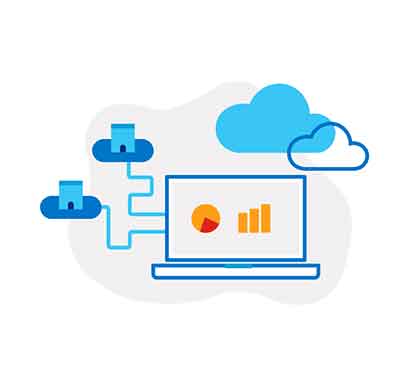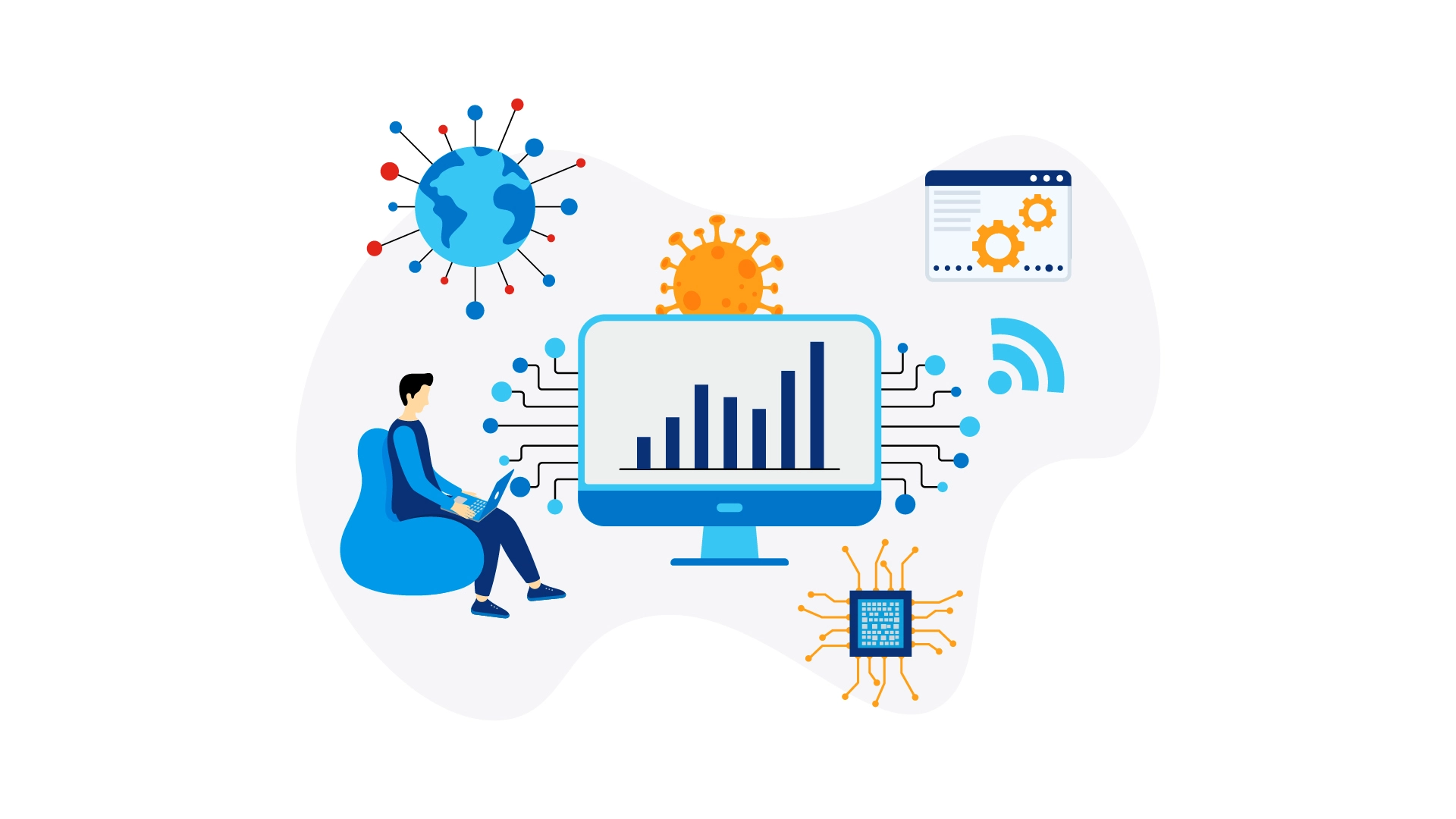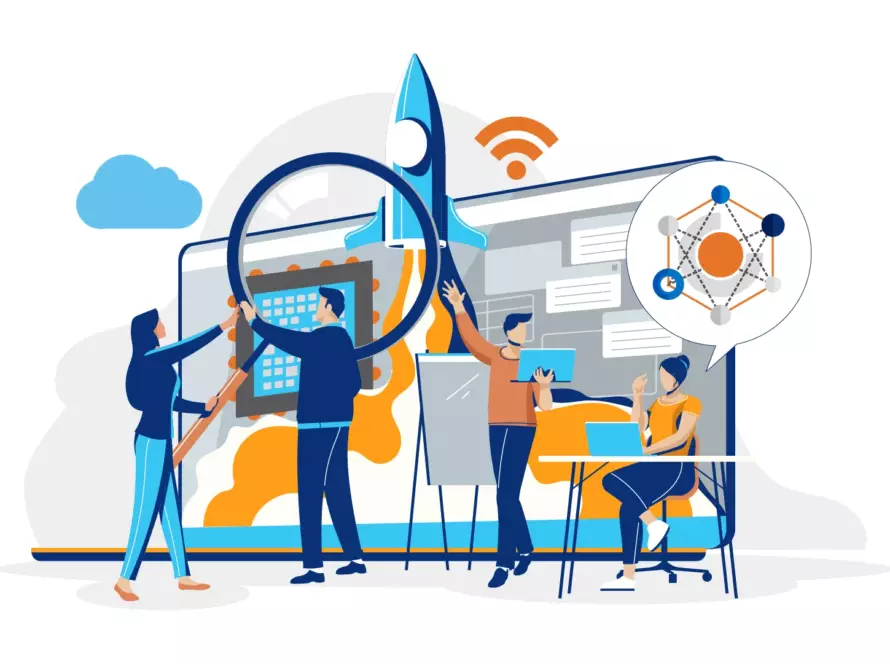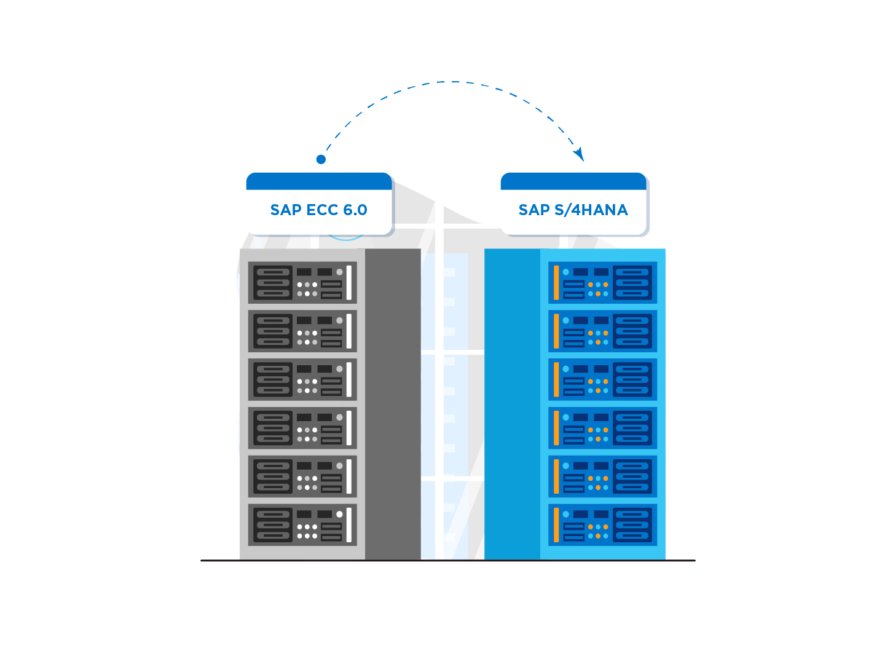Today’s businesses are experiencing a conjunction of 2 disruptive macro trends – the long-term effects of the COVID-19 pandemic and the increasing competitive landscape stemming from digital transformation.
I recently participated in an Executive Leaders Think Tank on “Relentless Innovation at Scale”, conducted in partnership with Hewlett Packard Enterprise (HPE) and Ecosystem. The event included senior leaders from Singapore’s business community who shared their perspectives and experiences on how businesses can thrive in a post-pandemic digital economy.
During the event, the discussion began with uniform recognition that the global economy and organizations of all sizes have faced significant disruptions due to the pandemic. However, it was also acknowledged that there has been notable progress made in a number of beneficial business areas. For instance, COVID-19 has actually sped up the digital economy. It has forced many organizations to ramp up their digital transformation initiatives to adapt to a radically changed landscape that now comprises of a higher proportion of remote workers and less face-to-face interactions between customers and partners.
This perspective is substantiated via a global survey from October 2020, that was conducted by a leading worldwide management consulting firm, indicating that companies have accelerated the digitization of their customer and supply-chain interactions by three to four years. Moreover, the pandemic has underscored that resiliency is equally important. In fact, according to IDC[1], “The global pandemic has demonstrated the need for a new kind of business resiliency – which they call Digital Resiliency – that is critical to building the Future Enterprise”.
Lumen shares similar views. We see the 21st century as a convergence of digital, physical and bio technologies driving an exciting acceleration of human progress. These technological advances are known as the Fourth Industrial Revolution (4IR). In this new 4IR landscape, successful organizations will be able to leverage digital capabilities to speed innovations and rapidly respond to changing business requirements or market conditions, irrespective of their magnitude and origin.
As a consequence, many Businesses are rapidly adopting next-generation technologies and applications to digitize their infrastructure and processes.
IT environments for the future enterprise
Investment, adoption and successful implementation of the right technologies is crucial to being competitive within the current and post-COVID landscape. But striking the right investment balance may be a challenge, as concerns over the uncertainty of the economic recovery remain. Furthermore, disruptions to supply chains, as well as employee related challenges such as productivity, training, and moral, have all been exacerbated by the pandemic. So as businesses seek to enable or overhaul their operations and digital capabilities, they also need to be mindful of budget constraints. While Gartner predicts that worldwide overall IT spend in 2021 will increase by 8.4 per cent in 2021[1] from -2.2 per cent in 2020, I think it is likely that C-suite executives and IT leadership will also be prioritizing their bottom line by reducing the cost of hiring, keeping teams lean, and focused on growing their businesses efficiently without additional overhead costs.
One key area of investment focus for many companies will be cloud technologies. Investments in cloud services has been steadily growing over the last number of years. According to Gartner[2]:
The ability to use on-demand, scalable cloud models to achieve cost efficiency and business continuity is providing the impetus for organizations to rapidly accelerate their digital business transformation plans. The increased use of public cloud services has reinforced cloud adoption to be the ‘new normal’, now more than ever.
Furthermore, in the 4IR landscape, data becomes a core ‘currency’ – and more importantly, data driven insights and decisions becomes a competitive advantage. Organizations that are nimble enough to act upon data faster than their peers are well-positioned to become market leaders. Hence, enterprises are also turning towards the cloud as they look for simpler ways to process and derive value from the volumes of business data being generated, ingested and analyzed.
As we look to the future, managing of IT environments are expected to become more complex. Adoption of public cloud will continue to grow. Yet, enterprise private cloud and edge computing environments will remain a significant component of IT modernization plans, particularly for markets that lack in-country public cloud infrastructure, or to meet the low latency data transfer requirements of newer 4IR workloads. Consequently, enterprises will continue to deploy new tools into their IT environments in which to improve their operations and sharpen their competitive superiority.
In addition to managing edge, hybrid and multi cloud capabilities, companies will need to consider application modernization to enhance business agility or drive cost efficiencies. While application modernization may not be considered as an immediate priority for some organizations, any delays to an App Modernization strategy is likely to put them at risk of becoming increasingly uncompetitive within the changing market dynamics.
THE FASTEST, MOST SECURE PLATFORM FOR NEXT-GEN APPS AND DATA
See how Lumen engineered an integrated platform as the
critical layer between network, cloud and edge infrastructure
assets and next-gen applications.
Is your IT infrastructure ready for innovation?
Legacy IT can bog down transformation efforts and with ever-evolving business, economic and cybersecurity risks, companies that fail to revolutionise their infrastructure and applications may fall behind in their innovation goals. Most enterprises today, need solutions designed specifically to handle the complexity and data-intensity of present-day IT environments and workloads.
The Fourth Industrial Revolution presents an incredible opportunity, as companies can leverage next-generation technologies and applications to potentially create a sustainable competitive advantage. However, harnessing the power of 4IR technologies requires leading-edge IT infrastructure to securely deliver and orchestrate distributed applications and data. It can also help achieve an optimal level of connectivity proficiency and compute efficacy to maximize value to the business.
Put simply, to prepare for a post-pandemic era, businesses should look beyond survival and renew their focus on innovation and growth. Furthermore, it is essential to select and leverage vendor partners that can help them transform their infrastructure and applications in accordance with the unique needs of their business.
This is where Lumen can help. Our Lumen platform is built to deliver the scale, speed and intelligence that complex, data-intensive cloud and edge applications need to thrive in the 4IR landscape. Lumen also brings together the talent, experience, infrastructure and capabilities customers require to achieve their Digital Transformation (DX) goals. Learn more about Lumen solutions and services that have helped organizations of all sizes accelerate their digital transformation journey.
[1]IDC, Why Digital Resiliency is Critical to Building the Future Enterprise, https://blogs.idc.com/2021/03/26/why-digital-resiliency-is-critical-to-building-the-future-enterprise/
[2] Gartner, “Gartner Forecasts Worldwide IT Spending to Reach $4 Trillion in 2021”, April 07, 2021, https://www.gartner.com/en/newsroom/press-releases/2021-04-07-gartner-forecasts-worldwide-it-spending-to-reach-4-trillion-in-2021
[3] Gartner, “Gartner Forecasts Worldwide Public Cloud End-User Spending to Grow 18% in 2021”, November 17, 2020, https://www.gartner.com/en/newsroom/press-releases/2020-11-17-gartner-forecasts-worldwide-public-cloud-end-user-spending-to-grow-18-percent-in-2021
This content is provided for informational purposes only and may require additional research and substantiation by the end user. In addition, the information is provided “as is” without any warranty or condition of any kind, either express or implied. Use of this information is at the end user’s own risk. Lumen does not warrant that the information will meet the end user’s requirements or that the implementation or usage of this information will result in the desired outcome of the end user. This document represents Lumen’s products and offerings as of the date of issue. Services not available everywhere. Business customers only. Lumen may change or cancel products and services or substitute similar products and services at its sole discretion without notice. All third-party company and product or service names referenced in this article are for identification purposes only and do not imply endorsement or affiliation with Lumen. ©2021 Lumen Technologies. All Rights Reserved.
Amazing agility, powerful cloud control
Discover how to prepare your organization for the demands of Industry 4.0 with the right cloud strategy.




